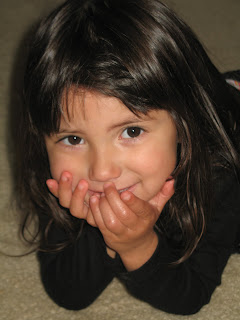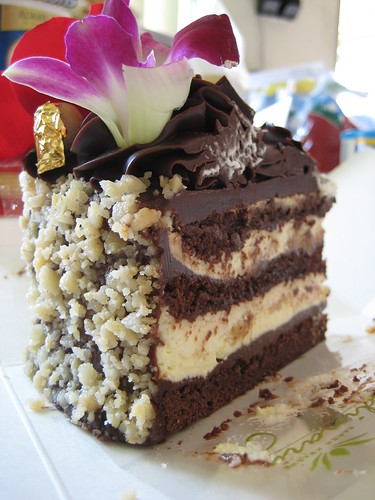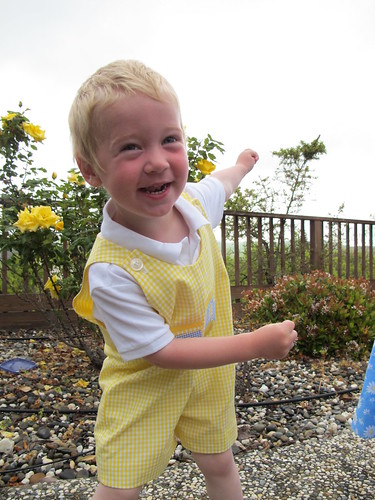I awoke this morning, bleary eyed, for the fifth or sixth time as the baby started frantically suckling. She is teething and it has really messed with her sleep patterns. I am also sore, thanks to her apparent misapprehension that I am a teething ring. As I squint at the blinds, I can tell that it is nearly dawn. I stubbornly squeeze my eyes shut, not yet ready for it to be daytime. I breathe in peace, and I hear the echo of the verse that has been whispering in my soul for the last few days.
"But for you who revere My name, the sun of righteousness will rise with healing in His wings." ~ Malachi 4:2
There is incredible power and beauty in those living words that I haven't fully grasped yet, but my spirit recognizes that this verse has come to me for this particular time. A kaleidoscope of images and verses twirls through my heart.
"If I rise on the wings of the dawn, if I settle on the far side of the sea, even there Your hand will guide me; Your right hand will hold me fast." ~ Psalm 139:9-10
"Before the dawn-wind rises, Before the shadows flee, I will go to the mountain of myrrh, to the hill of frankincense. For me the reward of virtue is to see your face, and, on waking, to gaze my fill on your likeness." ~ Song of Songs 4:6, Psalm 17:15 The Jerusalem Bible
1 Dios mío, ¡tú eres mi Dios!
Yo te buscaré de madrugada.
Mi alma desfallece de sed por ti;
mi ser entero te busca con ansias,
en terrenos secos e inhóspitos, sin agua,
2 con deseos de ver tu poder y tu gloria,
como los he mirado en el santuario.
3 Tu misericordia es mejor que la vida;
por eso mis labios te alaban.
4 ¡Yo te bendeciré mientras tenga vida,
y en tu nombre levantaré mis manos!
Yo te buscaré de madrugada.
Mi alma desfallece de sed por ti;
mi ser entero te busca con ansias,
en terrenos secos e inhóspitos, sin agua,
2 con deseos de ver tu poder y tu gloria,
como los he mirado en el santuario.
3 Tu misericordia es mejor que la vida;
por eso mis labios te alaban.
4 ¡Yo te bendeciré mientras tenga vida,
y en tu nombre levantaré mis manos!
5 Mi alma quedará del todo satisfecha,
como si comiera los mejores platillos,
y mis labios te aclamarán jubilosos
6 al pensar en ti recostado en mi lecho,
al meditar en ti durante mis desvelos.
7 Porque tú has sido mi socorro,
alegré viviré bajo la sombra de tus alas.
8 Mi alma está apegada a ti;
tu mano derecha me brinda apoyo.
como si comiera los mejores platillos,
y mis labios te aclamarán jubilosos
6 al pensar en ti recostado en mi lecho,
al meditar en ti durante mis desvelos.
7 Porque tú has sido mi socorro,
alegré viviré bajo la sombra de tus alas.
8 Mi alma está apegada a ti;
tu mano derecha me brinda apoyo.
Salmo 63:1-8 Reina-Valera Contemporánea (Note: in Spanish, the first verse of Psalm 63 talks about seeking God in the time just before dawn. I am not sure why the English version doesn't.)
So often the imagery of daybreak is connected with wings. I wonder why? I admit that there is a sense of much that is elusive to me in these verses, like hearing a beautiful song with lyrics in a language I don't quite grasp, even though I am humming along to the melody.
What I do understand from it is light, beauty, healing, comfort, joy and intimacy. His wings wrapped around us, His breath on our foreheads. His light shining on us ever-brighter. So, despite cranky babies and lack of sleep, I will continue to breathe in peace and healing. Despite the cacophony of too many things going on around me, I will listen. I will keep my sleepy eyes open for a glimpse of His wings brushing past, and let my spirit sing along with the song of the Son of God, rising.











 ss
ss


































